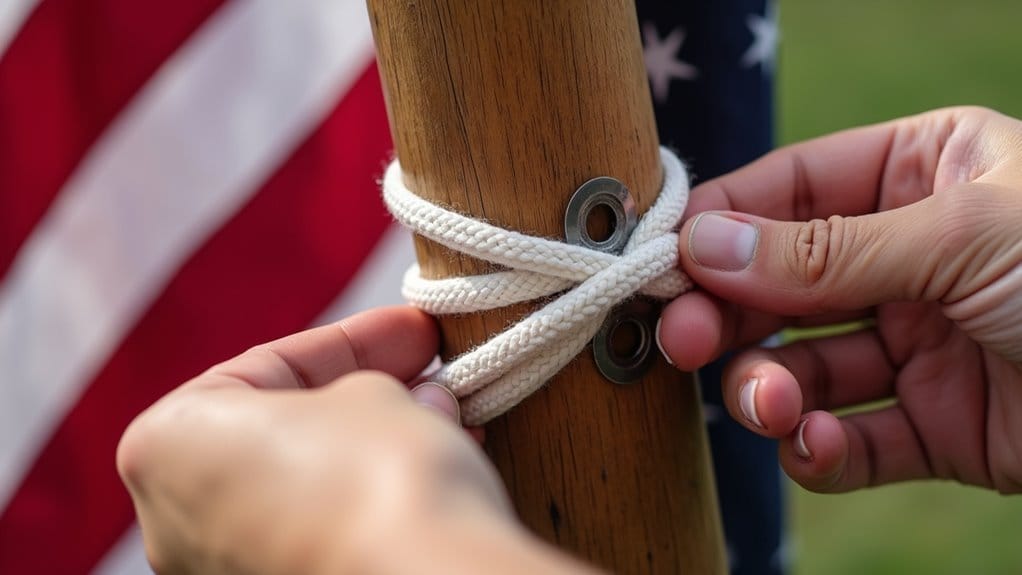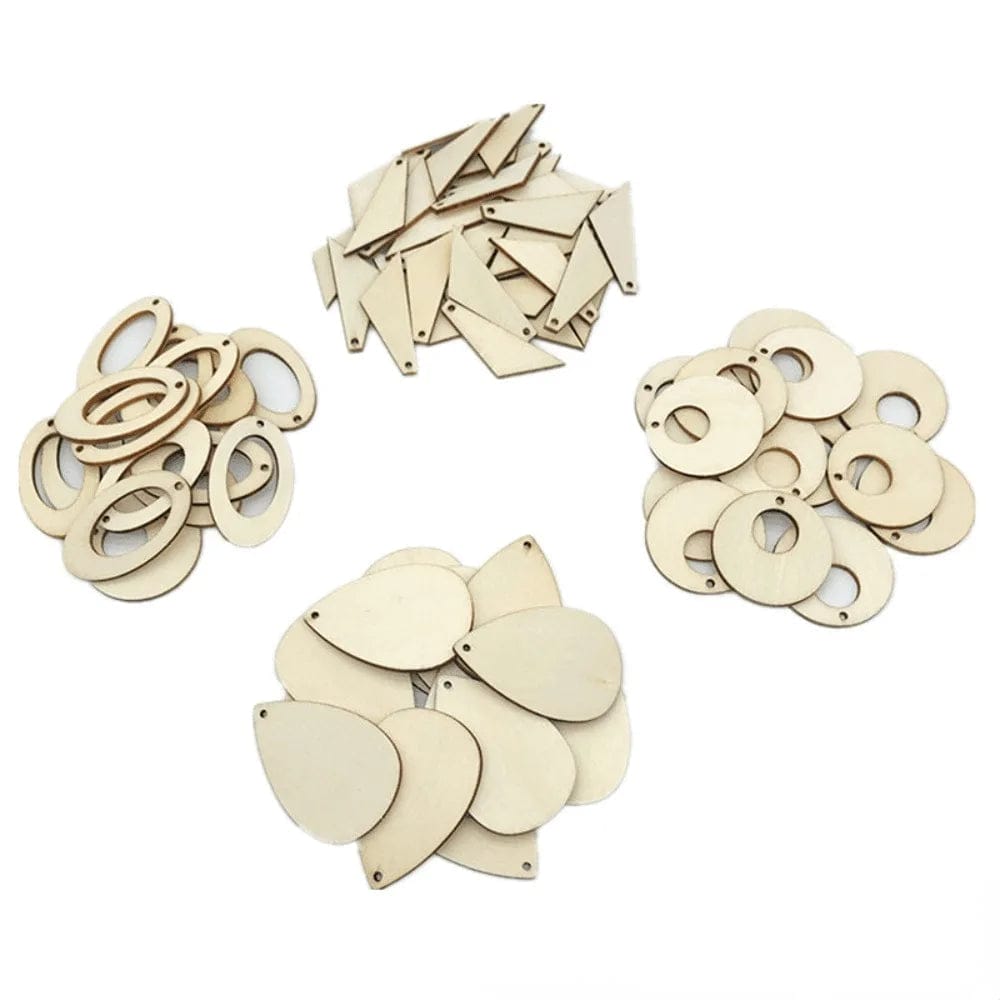You’ll discover that selecting the right utensil for honey service isn’t merely about function—it’s about preserving the essence of this ancient sweetener. When you opt for a wooden spoon, you’re embracing a time-honored tradition that protects honey’s delicate floral notes and complex aromatics. While metal utensils can impart unwanted flavors and compromise honey’s natural characteristics, wooden spoons offer a pure, unadulterated tasting experience. Let’s explore why this seemingly simple choice makes such a significant difference.
Key Takeaways
- Wooden spoons preserve honey’s natural floral notes and aromatics by avoiding metallic contamination that metal utensils can introduce.
- The porous nature of wood maintains honey’s pure taste and prevents oxidation reactions that could alter flavor profiles.
- Wood’s natural grip handles sticky honey more efficiently than metal, reducing mess and waste during serving.
- Tight-grained hardwoods like maple and beech offer durability while remaining flavor-neutral, ensuring optimal honey tasting experiences.
- Wooden spoons connect to centuries of cultural traditions while providing practical benefits for modern honey consumption and storage.
The Importance of Choosing the Right Spoon

When selecting a utensil for honey, the choice of spoon material greatly impacts both function and flavor preservation.
You’ll find that a wooden spoon for honey stands superior to reactive metals, which can alter the taste and quality of your golden nectar. As you choose your honey spoon, consider that wood’s natural properties complement honey’s delicate characteristics without introducing metallic notes or chemical reactions.
Wood’s porous nature creates a uniquely satisfying experience, allowing you to feel the honey’s viscosity while maintaining its pure, unadulterated taste.
It’s crucial to select a spoon that enhances rather than detracts from your honey’s natural qualities.
The Difference Between Wooden and Metal Spoons

When choosing between wooden and metal spoons for honey service, you’ll find that wood won’t alter the honey’s natural flavor profile, while metal can sometimes impart a slight metallic taste.
Your wooden spoon will maintain honey’s temperature longer, as wood doesn’t conduct heat or cold as readily as metal does.
You’ll also notice that honey adheres differently to wooden surfaces, creating a more controlled pour and preventing the rapid temperature changes that metal can cause.
How Material Affects Taste
The choice between wooden and metal spoons greatly impacts honey’s taste experience. When you use metal spoons, they can chemically react with honey’s natural acids, potentially creating a subtle metallic taste that interferes with honey’s pure flavor profile.
Additionally, metal conducts temperature rapidly, which may affect honey’s viscosity and mouthfeel.
Wooden spoons, however, won’t react with honey’s compounds. The porous nature of wood can actually absorb and retain honey’s aromatic compounds, enhancing your tasting experience.
Wood’s neutral properties guarantee you’ll taste honey’s authentic flavors, from delicate floral notes to robust earthiness, without any unwanted interference.
The Impact of Temperature on Honey
Since temperature greatly influences honey’s viscosity, your choice of wooden versus metal utensils plays an essential role in serving and handling this natural sweetener.
Unlike metal spoons that rapidly conduct heat and affect honey’s temperature, wooden utensils act as natural insulators. When you’re working with honey, temperature stability helps preserve its delicate enzymes and complex flavor compounds.
Metal’s high reactivity can alter honey’s quality, especially when exposed to varying temperatures. You’ll find that wood maintains a more consistent temperature, allowing you to handle honey without dramatic thermal fluctuations that could compromise its natural properties.
This thermal stability guarantees your honey retains its authentic characteristics.
Benefits of Using a Wooden Spoon for Honey

Using a wooden spoon to serve honey guarantees you’ll preserve its natural floral notes and subtle aromatics without introducing metallic undertones.
You’ll maintain the honey’s pristine quality since wood won’t trigger oxidation or unwanted chemical reactions that can occur with metal utensils.
Your wooden spoon acts as an inert tool, allowing you to experience honey’s pure essence while preventing the deterioration that metal contact can cause.
Preserving Honey’s Natural Flavor
While many utensils can disturb honey’s delicate composition, wooden spoons help preserve its natural flavor profile and beneficial compounds.
When you use a wooden spoon, you’ll maintain the integrity of your honey’s complex taste and aroma. Unlike metal spoons that can react with honey’s acidic properties, wood won’t alter the natural characteristics of this precious food.
To best preserve honey’s distinctive qualities, avoid utensils that might introduce metallic notes or unwanted flavors.
Wood’s neutral properties guarantee that every time you dip into your honey jar, you’re experiencing its pure, unadulterated taste exactly as nature intended.
Maintaining the Quality of Honey
The wooden spoon’s natural properties extend beyond flavor preservation to maintain honey’s overall quality.
When you store honey with wooden utensils, you’ll find they’re ideal for protecting its natural characteristics, unlike metal spoons that can react with honey’s acids.
- Wooden spoons provide a smooth, non-reactive surface that won’t compromise honey’s composition or introduce metallic notes.
- Their porous nature helps maintain honey’s moisture balance, preventing crystallization and texture changes.
- The natural grip of wood handles sticky honey better than metal, reducing mess and waste during serving.
These benefits make wooden utensils the superior choice for honey enthusiasts seeking to preserve their golden treasure.
Avoiding Chemical Reactions with Metal
Since honey contains natural acids and enzymes, its chemical composition can react unfavorably with metal utensils. When you use a metal spoon, particularly those made of reactive metals like copper or low-grade stainless steel, you risk triggering a chemical reaction that can alter honey’s taste and properties.
The acid in honey may corrode metal surfaces, potentially releasing metallic ions into your honey.
You’ll preserve honey’s natural qualities when you use a wooden spoon instead. Wood is chemically inert, preventing any unwanted reactions that could compromise honey’s flavor profile or nutritional benefits.
This non-reactive property makes wooden utensils ideal for handling honey.
Cultural Significance of Wooden Spoons

Throughout history, you’ll find wooden spoons holding profound cultural significance, from Celtic love spoons given as wedding tokens to Russian cooking spoons passed down through generations.
You’ll discover these implements served not just as practical utensils but as symbols of hospitality, with many European households keeping elaborately carved wooden spoons to honor guests and mark special occasions.
In traditional culinary customs, the wooden spoon represents a connection between sustenance and spirituality, often used in ceremonial cooking and featured prominently in cultural rituals across continents.
Historical Uses of Wood Spoons in Different Cultures
Ancient civilizations across continents have cherished wooden spoons as both practical utensils and symbols of cultural heritage.
Through different cultural practices, you’ll find wood spoons are often central to rustic cooking traditions and ceremonies.
- In Celtic culture, carved “lovespoons” represented marriage proposals and family bonds.
- Native American tribes crafted ceremonial wooden spoons from sacred trees for spiritual rituals.
- Medieval European households passed down intricately carved wooden spoons as family heirlooms.
These implements transcend mere functionality, embodying cultural significance through generations.
Their continued use in honey serving maintains this rich historical connection while adding depth to modern culinary experiences.
The Symbolism of Wooden Spoons in Culinary Traditions
Wooden spoons carry profound cultural symbolism that extends far beyond their practical use in the kitchen. You’ll find these utensils specifically designed for serving certain dishes across diverse traditions, where they represent hospitality and community bonds.
The handle’s craftsmanship often tells stories of cultural heritage. In many societies, you’ll discover wooden spoons are perfect vessels for ritual offerings and ceremonial meals.
They’re particularly revered in Welsh tradition, where carved love spoons symbolize affection and commitment.
When you use a wooden spoon for honey, you’re participating in an age-old practice that connects you to generations of culinary artisans.
Practical Tips for Choosing and Using Wooden Spoons

When choosing a wooden spoon for honey, you’ll want to select one crafted from tight-grained hardwoods like maple or beech, which resist absorption and won’t impart unwanted flavors.
You’ll need to hand wash your wooden spoon immediately after use with mild soap and warm water, ensuring it’s thoroughly dried to prevent warping or cracking.
To maintain your spoon’s longevity, periodically treat it with food-grade mineral oil or beeswax, which creates a protective barrier against moisture while keeping the wood supple and resistant to staining.
How to Choose the Right Wooden Spoon
Selecting the right wooden spoon for honey requires careful consideration of several key factors. You’ll want to avoid metal utensils, as they can affect honey’s delicate properties.
The best wooden spoon for honey should be small enough to easily scoop from jars while maintaining control during drizzling.
- Choose a spoon with a shallow bowl depth of 1-2 inches to help prevent honey from pooling
- Look for hardwoods like maple or beech that won’t impart unwanted flavors
- Select spoons with a smooth, polished finish to prevent honey from absorbing into the wood
These features guarantee ideal honey handling and preservation of its natural qualities.
Proper Care and Maintenance to Keep Wooden Spoons in Good Condition
To maintain your wooden honey spoon‘s longevity and performance, proper care and maintenance are essential.
After each use, rinse your spoon thoroughly with warm water to remove honey residue. Don’t leave it soaking, as this can make the wood swell and crack. Make sure you dry it immediately to prevent moisture absorption.
To keep your spoon in prime condition, periodically treat it with food-grade mineral oil.
Allow the oil to penetrate overnight, then wipe off any excess. This treatment creates a protective barrier that prevents honey from seeping into the wood and causing a sticky mess.
Store your spoon in a dry, well-ventilated area.
Frequently Asked Questions
Can Wooden Spoons Be Used With Hot Honey Without Warping?
You’ll find wooden spoons can safely handle hot honey up to 350°F without warping. However, you should avoid soaking your wooden utensils in hot liquid, as prolonged exposure can affect their structural integrity.
How Long Does a Wooden Honey Spoon Typically Last With Proper Care?
With proper maintenance, you’ll find your wooden honey dipper can last 3-5 years. Regular mineral oil treatments, hand washing, and thorough drying will extend its lifespan. Replace it if you notice splintering or cracks.
Are Certain Types of Wood Better Than Others for Honey Spoons?
You’ll find hardwoods like maple, beech, and olive are ideal for honey spoons. These dense woods resist absorption, won’t splinter, and enhance your honey’s presentation. Avoid softwoods, which can affect flavor and deteriorate quickly.
Can Wooden Honey Spoons Develop Mold if Not Cleaned Properly?
Yes, you’ll find that wooden honey spoons can harbor mold if not properly maintained. To prevent this, thoroughly dry your spoon after washing and avoid prolonged moisture exposure. Regular mineral oil conditioning is also essential.
Do Wooden Spoons Affect the Crystallization Process of Raw Honey?
Your wooden spoon won’t affect honey’s natural crystallization process. The transformation from liquid to crystalline state depends on factors like temperature, glucose-fructose ratio, and storage conditions, not the serving utensil you’re using.
Conclusion
When you’re serving honey, your choice of utensil greatly impacts the tasting experience. You’ll find that wooden spoons preserve honey’s delicate floral notes while preventing unwanted metallic flavors from compromising its pure essence. By incorporating a quality wooden spoon into your honey service, you’re not only maintaining tradition but also ensuring superior flavor profiles and enhanced aromatics. It’s an essential tool for any discerning honey enthusiast.






































